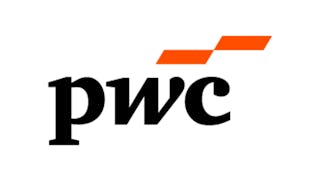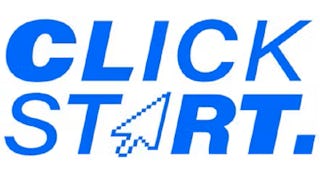Technology-assisted decision-making is increasingly important to modern businesses in a wide variety of fields, including finance, healthcare, marketing, and logistics, among others.
It introduces speed and efficiency because substantial amounts of data can be processed efficiently to enable faster, objective, contextual decisions. This online course will introduce you to the fundamental concepts of technology-assisted decision-making and its diverse applications in resource allocation, production planning, transportation, scheduling, and network optimisation. You will learn to formulate optimisation problems as mathematical models and apply diverse techniques for their resolution using specialised software. You'll learn to apply powerful techniques such as linear programming and optimisation algorithms on graphs, gaining practical skills for real-world problem-solving. By the end of the course, you'll be well-prepared to apply these skills across diverse fields and embark on future studies or careers in data-driven decision-making. Click Start, a nationwide training programme designed to help young people develop digital skills, offers this course. Click Start offers scholarships giving free access to young people in the UK. Follow the link in the Click Start icon on the top, to check if you are eligible for free access!



















